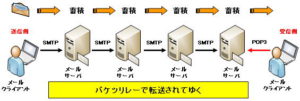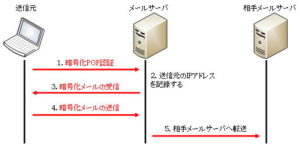E-mail (restricted by domain, linked with blacklist)
Email (restrict by domain)
In e-mail, the part after @ represents the domain name. By specifying this domain name, you can block emails with that domain name in the email address.
For example, if you specify and restrict the domain “abc.co.jp”, the character string “abc.co.jp” is included in the email address of any email sent from any server in the world. you can block the email.
Restricting by domain has disadvantages. Because it blocks emails for all users of the domain.
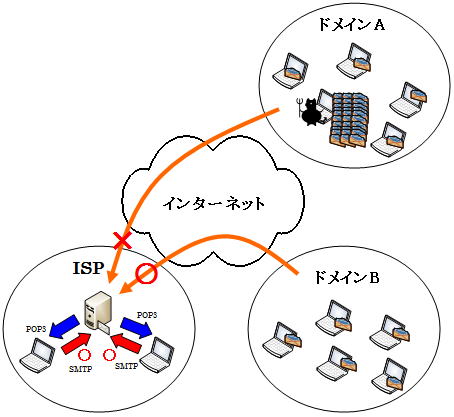
In that case, there is also an unfortunate situation where the domain to which you belong is registered in the blacklist database and you are unable to send mail due to the bad luck that the unwanted user happened to be on that domain.
Restricting by domain requires dynamic management of restricted domain names at all times, increasing the operational management burden.
E-mail (linkage with blacklist)
Recently, there are also mail servers that work in conjunction with blacklists and mail servers. The blacklist is also called RBL (Realtime Blackhole List) because it is updated in real time.
A blacklist is a list of denials. A whitelist is a list of allowed items.
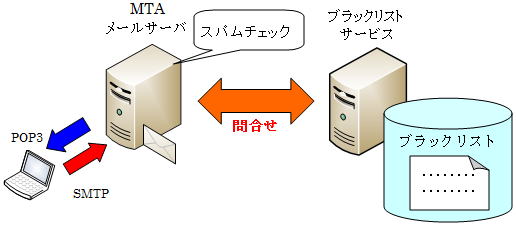
However, this blacklist is not a panacea. It can be misidentified. If it is misidentified, it will be ignored by the mail server and you will not be able to send the mail to the other party.
Depending on the type of blacklist, there are some that are blacklisted in class C units. In some cases, the IP address of a poorly managed mail server or the IP address of a malicious mail server happens to be close to the IP address, so it may be registered in the blacklist.
There are many cases where people are blacklisted even though they have done nothing wrong, and the management of RBLs has become a big problem.
Email (restricted by reverse DNS lookup)
spam emails
(1) A fictitious domain name is used .
(2) Reverse DNS lookup cannot be performed.
It has the characteristics of
Spam mail can be blocked by performing a reverse lookup of the domain from the IP address of the sent mail and rejecting the mail from the mail server that cannot be reversed.
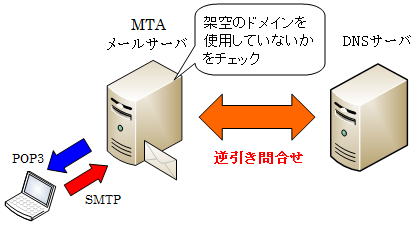
However, spammers aren’t the only servers that can’t do reverse DNS lookups. This includes servers that are not properly managed and have not been registered for reverse lookup.
Therefore, even non-spammers’ mail may be blocked. This is due to the administrator’s neglect of managing the server, and in a way it feels self-defeating.
Also, recently there has been a sharp increase in spam emails being sent using legitimate domains. In this case, looking up the domain name by reverse DNS lookup has no effect.
In this way, the method of restricting by reverse DNS lookup has limitations and is not a perfect method to prevent spam.

